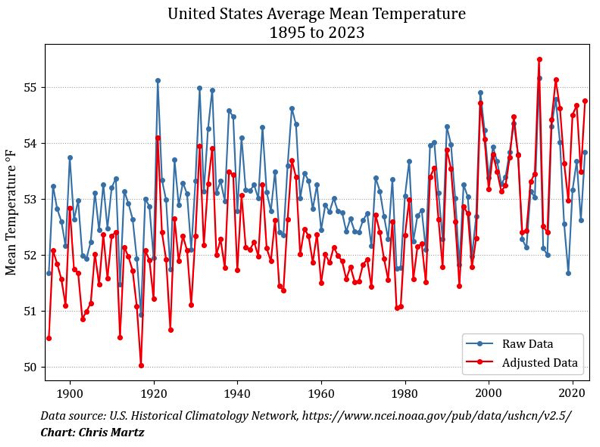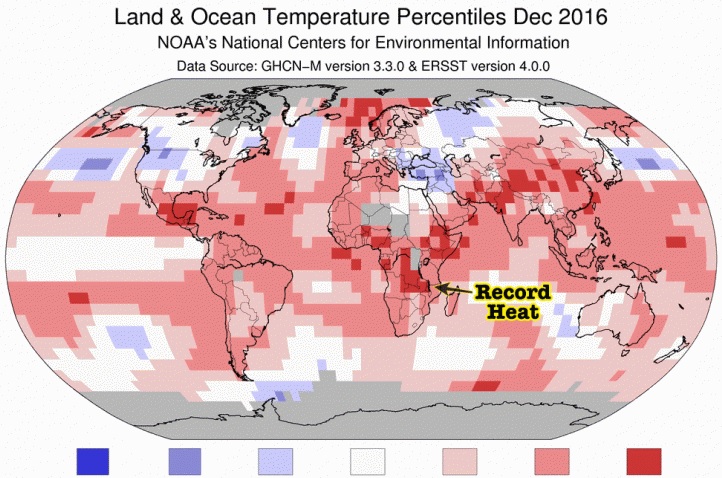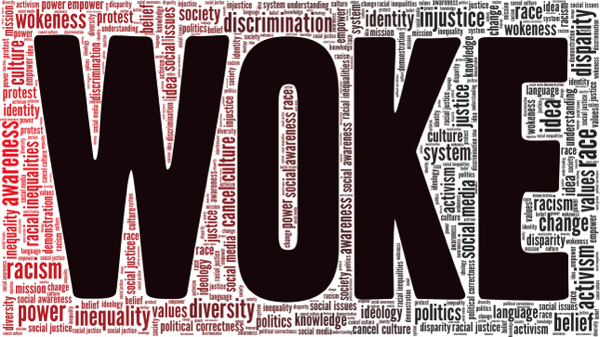 Parler
Parler Gab
Gab
- Questionable Data Integrity: The IPCC and climate activists have repeatedly used a misleading graphic (traced to an Australian activist group) that exaggerates modern warming by omitting critical limitations in the original research, such as the inability to detect short-term temperature changes.
- Institutional Bias: The IPCC faces accusations of prioritizing alarmist narratives to secure funding and policy influence, with past scandals like "Climategate" revealing efforts to suppress dissenting views and cherry-pick data.
- Natural Variability Ignored: Climate narratives often downplay natural temperature fluctuations (e.g., Denver’s daily 10°C swings or Tokyo’s seasonal range), while framing gradual warming trends as "unprecedented" using flawed proxy data (ice cores, tree rings).
- Erosion of Trust: Critics demand greater transparency, arguing that misrepresented science—and the rebranding from "global warming" to "climate change" after data controversies—undermines public confidence in climate institutions and policies.
Misleading climate graphic traced to activist group and climate alarmists, raising questions and serious doubt about IPCC data integrity
A widely circulated climate change graphic, often cited as evidence of unprecedented global warming, has been traced back to an Australian activist group rather than peer-reviewed science, according to an investigation by geologist Dr. Matthew Wielicki. The graphic, which compares smoothed historical temperature reconstructions with modern instrumental data, has been used by media outlets and even the United Nations’ Intergovernmental Panel on Climate Change (IPCC) despite known limitations in the underlying research. The revelation raises concerns about the reliability of climate narratives and the role of advocacy in shaping public policy. Dr. Wielicki’s investigation found that the graphic first appeared in a 2018 activist handbook titled Don’t Mention the Emergency?, published by the Climate Emergency Declaration group. The visualization, which suggests modern warming is historically unique, was inspired by a 2013 blog post analyzing a temperature reconstruction by paleoclimatologist Shaun A. Marcott. However, Marcott’s original study explicitly cautioned that the data could not reliably detect temperature changes over periods shorter than 300 years — a critical limitation often omitted in public presentations. Despite these caveats, the IPCC and climate activists have repeatedly used distorted versions of the graphic, amplifying public alarm. "Why have the authors and the IPCC remained silent when confronted with such blatant misuse of their data?" Wielicki asked in his analysis. The misuse of climate data is not accidental, critics argue, but driven by institutional incentives. Organizations like the IPCC, which rely on government and private funding, face pressure to support climate crisis narratives. Wielicki notes that researchers whose work is misrepresented — such as Marcott — may avoid correcting the record due to fears of losing funding or credibility. Historical context underscores the stakes: since the 1990s, climate policy has been shaped by IPCC reports, influencing trillions in global spending. Yet past controversies, like "Climategate" in 2009—where leaked emails revealed efforts to suppress dissenting views—have already eroded trust in climate institutions.Real-World Context vs. Alarmism
Critics argue that climate narratives often ignore natural variability. For example:- Denver experiences daily temperature swings of 10°C, far exceeding projected warming.
- Tokyo’s annual range (2°C to 31°C) dwarfs gradual climate trends.
Doctors question Biden’s late-stage cancer diagnosis, suggest years-long cover-up
By Cassie B. // Share
Peptide Power: How natural signaling molecules are revolutionizing health and cognitive performance
By Finn Heartley // Share
Meta’s AI data grab sparks legal battle as privacy group fights back
By Cassie B. // Share
Faked data? Met Office’s data gaps raise questions over climate crisis claims
By Willow Tohi // Share
Gov. Patrick Morrisey bans DEI, woke policies in West Virginia
By Laura Harris // Share
Governments continue to obscure COVID-19 vaccine data amid rising concerns over excess deaths
By patricklewis // Share
Tech giant Microsoft backs EXTINCTION with its support of carbon capture programs
By ramontomeydw // Share
Germany to resume arms exports to Israel despite repeated ceasefire violations
By isabelle // Share










